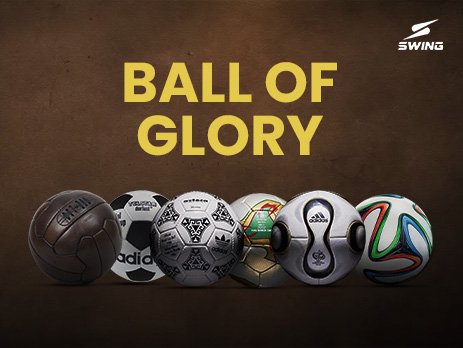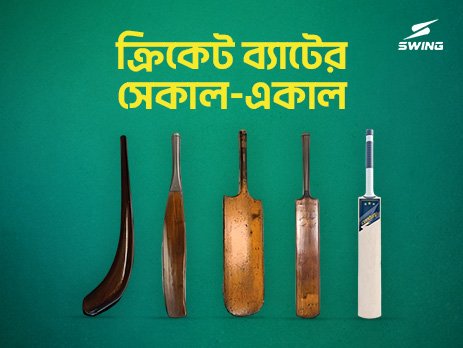Decoding Jersey Colors, Glory, and Mysteries
Football jerseys are not just team uniforms: they encapsulate history, culture, and passion. As much as the jerseys evolved in shape, fabric, design, and much more into a source of identity for clubs and national teams across the globe, they did not lose the significance that they can transcend beyond the aesthetics of winning superstition or some mystery. Come let us dive into the amazing history of football jerseys and discover their hidden stories in terms of their colors and impacts.
The History of Football Jerseys
Early Days (Late 19th - Early 20th Century)
Football jerseys at the end of the Victorian age were nothing short of simple, made of thick cotton or wool, with completely plain cuts with little or absolutely no branding. Teams basically wore long sleeves in plain colors with a collar, reminiscent of a normal day, as opposed to a sportswear. The home and away kit idea hadn't yet developed and there were multiple occasions when teams' colours would clash.
Mid-20th Century: The Rise of Branding and Identity
By the time the 1950s and 1960s rolled around, football jerseys were upping their game and going into much more lightweight materials like polyester, while also introducing club badges to make the kit much more recognizable. By the late 1970s, the designs of team jerseys were dominated by lucrative commercial sponsorship contracts and were very bright and unique. Along with the adoption of internationally known shirt sponsors such as Adidas and Puma, these brought about the introduction of the black or bright colors that had never been previously recorded.
Modernity: Innovation Takes Technology and Fashion
Modern football jerseys now utilize the best technology to create garments that enhance the player's performance. Breathability and moisture wicked away are features put in all today's fabrics to keep players cool and comfortable. Moreover, the football outfits of teams release many kits during each season for unrestricted worldwide access and to catch up with fashion trends. In this age, limited and retro-inspired jerseys are trending, because they add nostalgia to new-age style.
The Mystery of Colors and Success
Interesting correlations have been made between the colors of football jerseys and team performance. While science may fail to back these claims, history and the common man's belief do point to specific colors resulting in success happening again and again. Let's look at some of them that surely promise to be interesting:
Power of Red
The color red has always been linked with dominance and success in soccer. Research seems to indicate that teams wearing red seem more threatening and therefore gain some psychological advantage. Red has adorned Manchester United, Liverpool, Bayern Munich to AC Milan. Some psychologists even think that red embodies dominance, aggression, and intensity, which may give some mental superiority to the player.
The Elegance of Blue
Blue denotes stability, trust, and strength. Chelsea, the national team from Italy, and FC Barcelona-partial blue-have achieved so much in blue kits. Well, the blue jersey of Italy derives from the royal House of Savoy and is a sign of national pride.
The Green-Cursed?
It is very rare to find a club football team wearing green kits. The only exceptions are Werder Bremen and Sporting CP. Some people believe the colour green absorbs much of what is present on the pitch and becomes ineffective as a visual signal. Historically, when England's national team donned a green kit, their performance always seemed to slump, even provoking superstitious beliefs against it.
Yellow and Lucky
Brazil, along with Borussia Dortmund and Villarreal, sport beautiful and shimmery yellow kits and has had its good share of glory in the past. This particular color evokes confidence and flair, making teams feel more expressive and dynamic on the pitch.
Black Kits and Intimidation
Most often, the color black evokes power and aggression. The All Blacks of New Zealand, in Rugby, and alternate black kits of Germany seem to carry psychological effects. Research indicates that teams wearing black tend to earn higher counts of red and yellow cards due to subconscious bias from referees.
White Kit Curse
White is the most widely accepted pool color in European football, and most recognizably, Real Madrid. However, many teams have also seen horror in white. England's penalty shootout misfortunes have always been linked to wearing white, as have Tottenham Hotspur's failures in major finals, adding weight to the idea that white jerseys carry some legendary weight.
Interesting Facts About Football Jerseys
- Most Expensive Jersey Ever Sold: Diego Maradona's 'Hand of God' jersey from the 1986 World Cup auctioned for a record $9.3 million.
- First Sponsored Jersey: Germany's Eintracht Braunschweig was the first club in the world to have a sponsor on their kit, in 1973, showing the Jägermeister logo.
- Evolution of Kit Numbers: Before 1939, soccer players did not have squad numbers. This eventually became standardized and made it easier for fans to identify players.
- Jerseys with Hidden Messages: There are kits that have coded messages woven into their designs. The 2018-19 jersey of Barcelona, for instance, flaunted some faint stripes that were inspired by the historic districts of the club.
Final Thoughts
Football jerseys are more than just fabric—they tell stories of teams, legends, and unforgettable moments. Every color carries meaning—red for psychological advantage, white for power, and green for mystery. The next time you wear your favorite jersey, remember, it could become a piece of history. Jerseys don’t just represent teams; they embody passion, identity, and tradition.
Explore Swing’s collection of Jerseys and find the perfect jersey for your favorite team or club!




